1. Container Gardens That Need Constant Watering
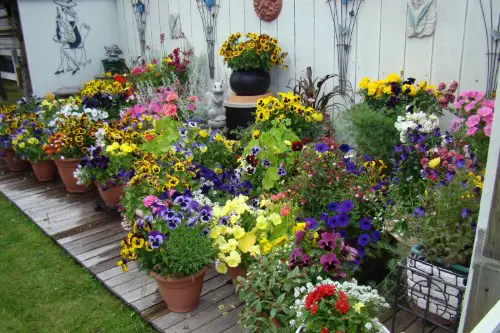
Container gardening seems like a simple way to brighten up a patio or balcony. But pots dry out much faster than in-ground beds, especially in summer. This means daily watering in hot weather, or even twice a day during heatwaves. Miss a day, and you could lose your plants.
You’ll also need to keep up with fertilizing. Nutrients leach out of pots quickly with all that watering. Plus, roots can outgrow containers fast, requiring regular repotting. What starts as convenient can feel like a full-time job.
2. Rock Gardens That Still Need Constant Weeding
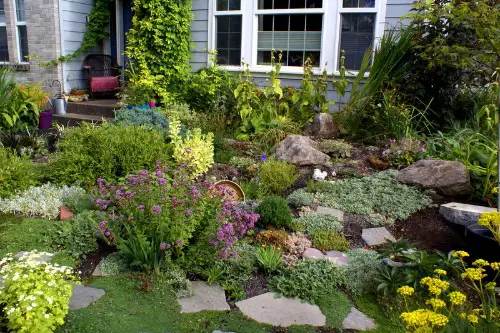
Rock gardens promise a low-maintenance setup, but the reality is often the opposite. Weeds love to sneak in between those decorative stones, and pulling them out can feel endless. Plus, without proper underlayment, you’ll be battling stubborn invaders season after season. What looks tidy in photos often turns into a hands-and-knees chore in real life.
And don’t forget about the shifting stones that need regular rearranging. Heavy rains or pets can disturb your careful design. You might also find that soil builds up over time, creating even more weed-friendly pockets. So much for that carefree desert vibe!
3. Wildflower Meadows That Require Yearly Reseeding

A wildflower meadow sounds like a dream—just toss some seeds and let nature take over, right? Not quite. Many wildflowers, especially annuals, need reseeding each year to keep up that lush, colorful display. Otherwise, you’re left with patchy areas or aggressive species crowding out the rest.
Maintenance doesn’t stop at reseeding. You’ll often need to mow once or twice a year to control woody plants. And managing invasive weeds can be surprisingly labor-intensive. It’s beautiful, but definitely not a “plant it and forget it” option.
4. Bamboo That Takes Over Your Yard
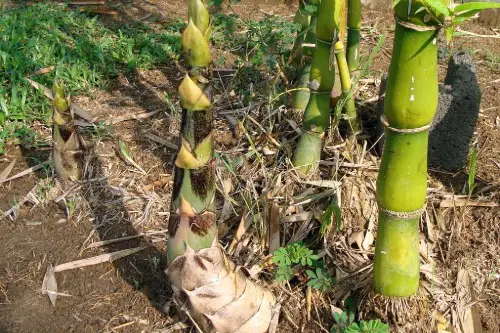
Bamboo gets marketed as an easy way to add privacy with minimal fuss. But many species, especially running bamboo, spread aggressively and can become a nightmare. Once it takes hold, it’s incredibly hard to remove, with roots that can travel several feet underground. You could spend years trying to contain or eliminate it.
Even clumping varieties need care. You’ll want to regularly thin canes to prevent overcrowding. Plus, bamboo sheds leaves that can create messy litter. What starts as a sleek, modern look can quickly turn chaotic.
5. Ornamental Grasses That Need Annual Cutting Back

Ornamental grasses are often sold as a low-effort solution for texture and movement in the garden. But most varieties need to be cut back hard at least once a year. Skip this, and they’ll look ragged and unkempt. The chore can get messy and time-consuming, especially if you have a lot planted.
And then there’s the cleanup of all that dead material. It can clog compost bins or need hauling away. Some types, like pampas grass, have sharp edges that can even cut your hands. Not quite the “easy elegance” you imagined.
6. Succulent Gardens That Rot in Wet Weather
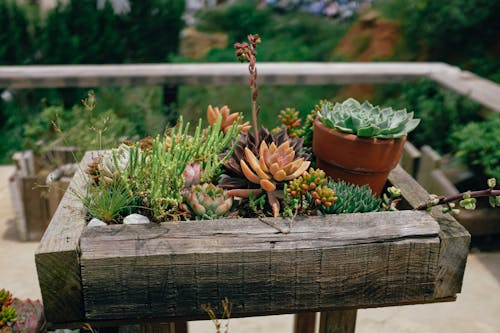
Succulents are often touted as the ultimate low-care plants. But if you live somewhere with wet or humid weather, they can be tricky. Many species are prone to rot if their roots stay soggy for too long. Without perfect drainage, you might lose whole patches overnight.
Even in dry climates, succulents need occasional grooming. Dead leaves at the base can attract pests or fungus. And some varieties grow leggy over time, needing pruning or replanting. They’re not quite as “hands-off” as the trend suggests.
7. Artificial Turf That Needs Cleaning
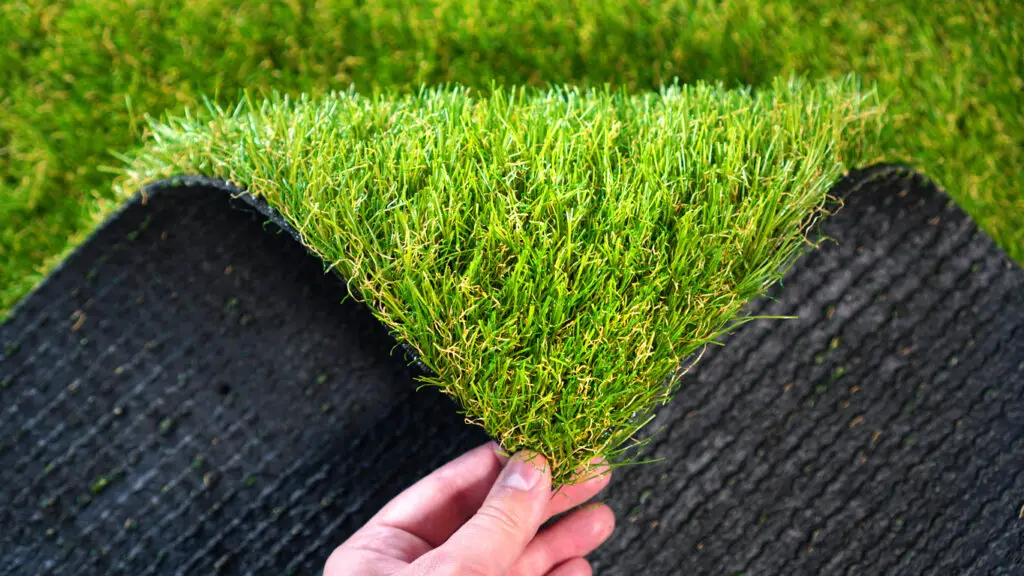
Artificial grass feels like the ultimate low-maintenance lawn alternative. No mowing, no watering—what’s not to love? But it still needs regular cleaning to stay looking good. Leaves, dust, and pet waste all build up faster than you’d think.
And in warm climates, it can get uncomfortably hot. Some homeowners find themselves hosing it down just to cool it off. You may also need to brush it to keep the blades standing upright. In the end, it’s far from zero effort.
8. Xeriscaping That Requires Careful Plant Management
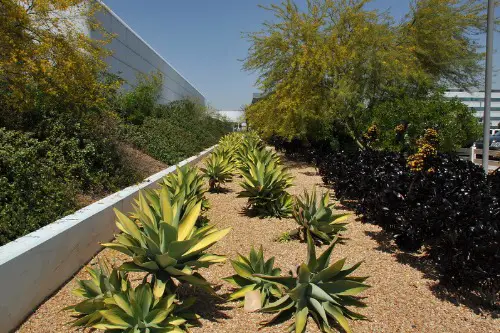
Xeriscaping, or drought-tolerant landscaping, gets promoted as a water-wise, easy solution. But it still involves careful planning and upkeep. Some drought-tolerant plants can get leggy or overgrown without trimming. And weeds love to pop up in the open gravel areas.
So while you’re saving on water, you’re not off the hook for maintenance. You’ll need to monitor soil health to prevent compaction. And sometimes plants die in harsh conditions, requiring replacement. It’s smart and sustainable—but not exactly “set it and forget it.”
9. Perennial Borders That Need Dividing

Perennials are often pitched as an easy way to fill out a garden long-term. But many popular varieties, like daylilies and hostas, need dividing every few years. Skip this, and they can become overcrowded and less healthy. The task can be physically demanding, too.
Dividing perennials usually means digging up entire clumps. You’ll need to replant or give away the extras. And while you’re at it, you’ll likely disturb surrounding plants. It’s a cycle that repeats if you want them looking their best.
10. Mulched Beds That Attract Weeds Anyway
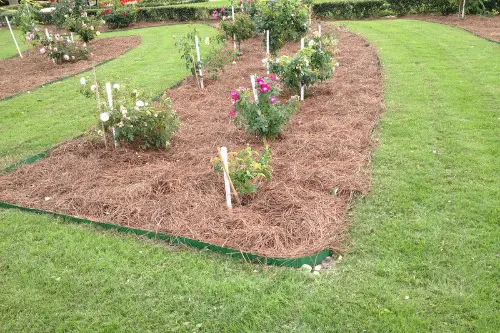
A thick layer of mulch is supposed to block weeds and conserve moisture. But over time, weed seeds can still settle into the mulch itself. You’ll often end up pulling sprouts from the mulch layer rather than the soil. And wind or birds can spread seeds faster than you’d expect.
Plus, mulch breaks down and needs topping up every year or two. If it washes out in heavy rain, you’re left with bare patches. Some mulches, like bark chips, can even attract pests. It’s helpful, sure—but not a magic bullet.
11. Shrub Borders That Need Regular Pruning
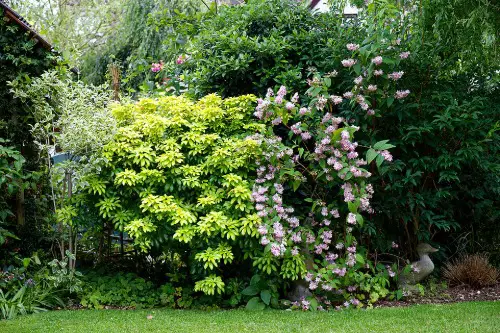
Shrubs seem like a one-and-done choice for structure and greenery. But most species need yearly, if not seasonal, pruning to keep their shape. Left alone, they can get leggy or overgrown quickly. Some even become safety hazards if they block views or paths.
There’s also the mess to deal with after pruning. And certain shrubs, like boxwood, are prone to disease if not properly maintained. You may find yourself spending more time than planned on ladder work. So much for simplicity!
12. Groundcovers That Smother Other Plants
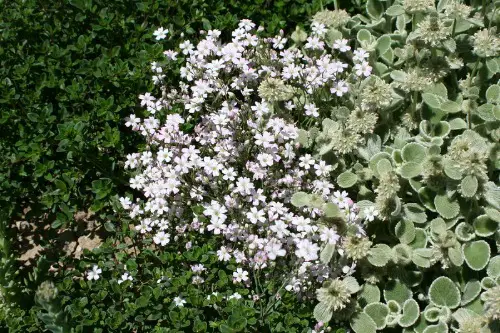
Groundcovers like vinca or ivy are often recommended as weed-busting options. But they can be too successful at their job. These plants spread fast and can choke out other desirable plants. Once established, they’re tough to control or remove.
You’ll spend time cutting them back or digging them out. And they can hide pests or create moisture issues near structures. What starts as a tidy solution can turn invasive. Definitely not as low-key as it seems.
13. Raised Beds That Need Regular Soil Topping
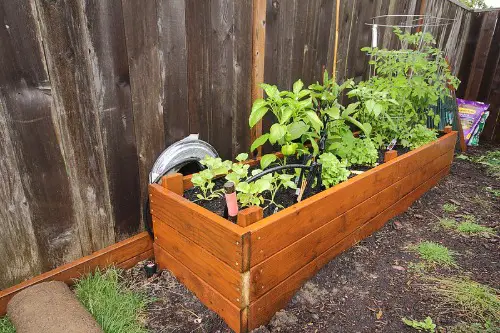
Raised beds look neat and promise easier gardening with better soil control. But the soil in them settles over time, sometimes dramatically. You’ll need to add fresh soil or compost regularly to keep levels up. Without this, plant roots can struggle.
There’s also the matter of watering. Raised beds tend to dry out faster than in-ground beds. And pests like voles sometimes find their way in from below. Not quite the low-maintenance dream you might have hoped for.
14. Self-Watering Planters That Still Need Attention
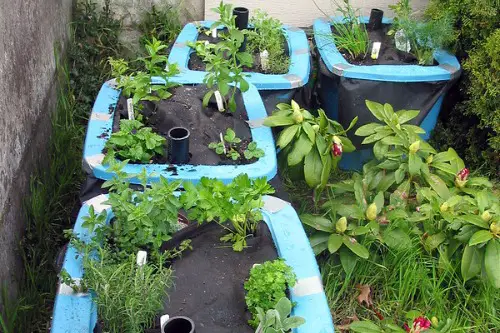
Self-watering planters sound like the perfect fix for busy gardeners. But they’re not foolproof. Reservoirs can dry out faster than you expect in hot weather, especially with thirsty plants. And if they’re overfilled, you risk root rot.
You’ll also need to clean the system periodically. Algae and mineral buildup can clog things up. And some plants just don’t do well in constantly moist conditions. They’re helpful, sure—but not maintenance-free.
This post 14 “Low-Maintenance” Garden Ideas That Are Anything But as first published on Greenhouse Black.
